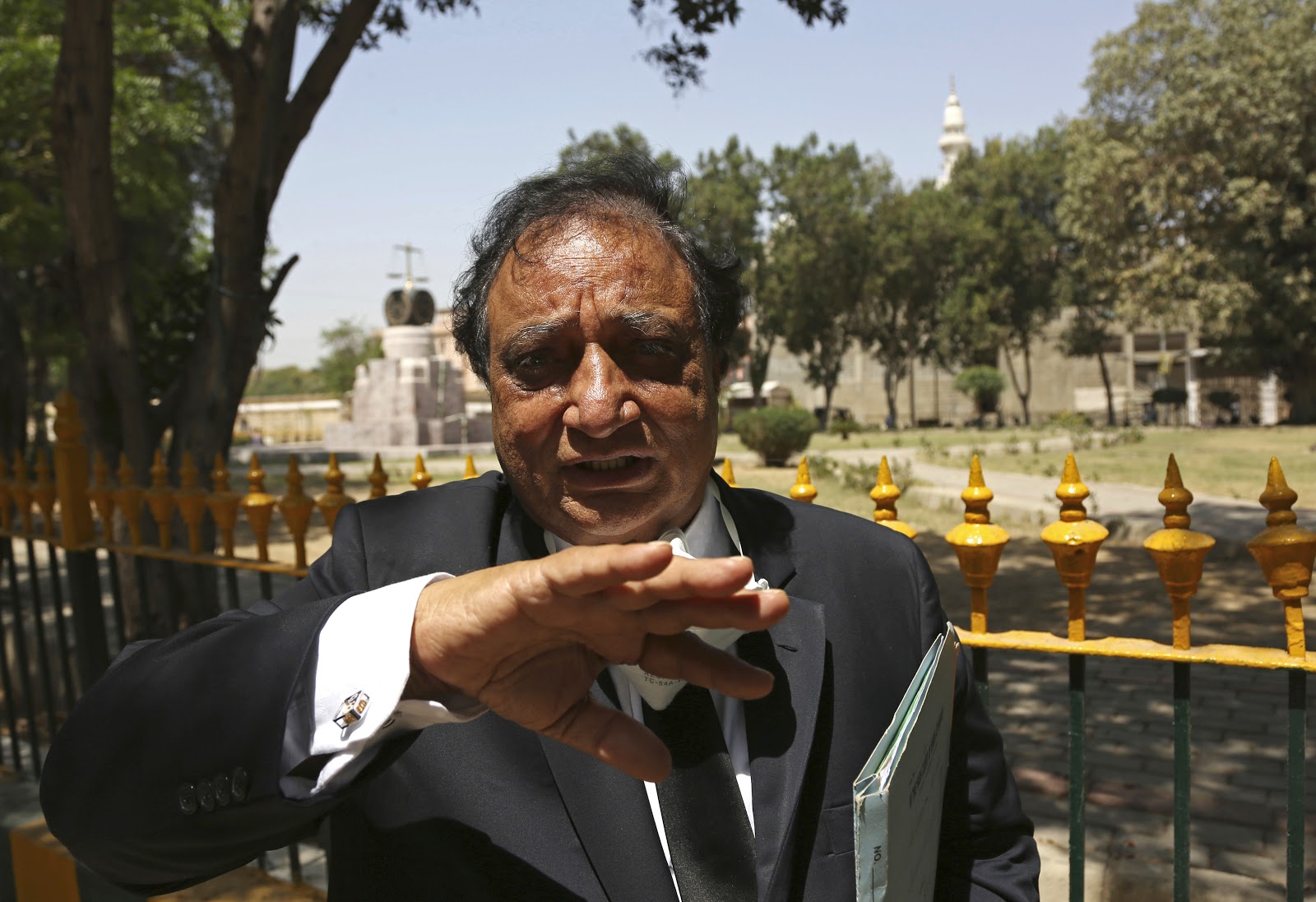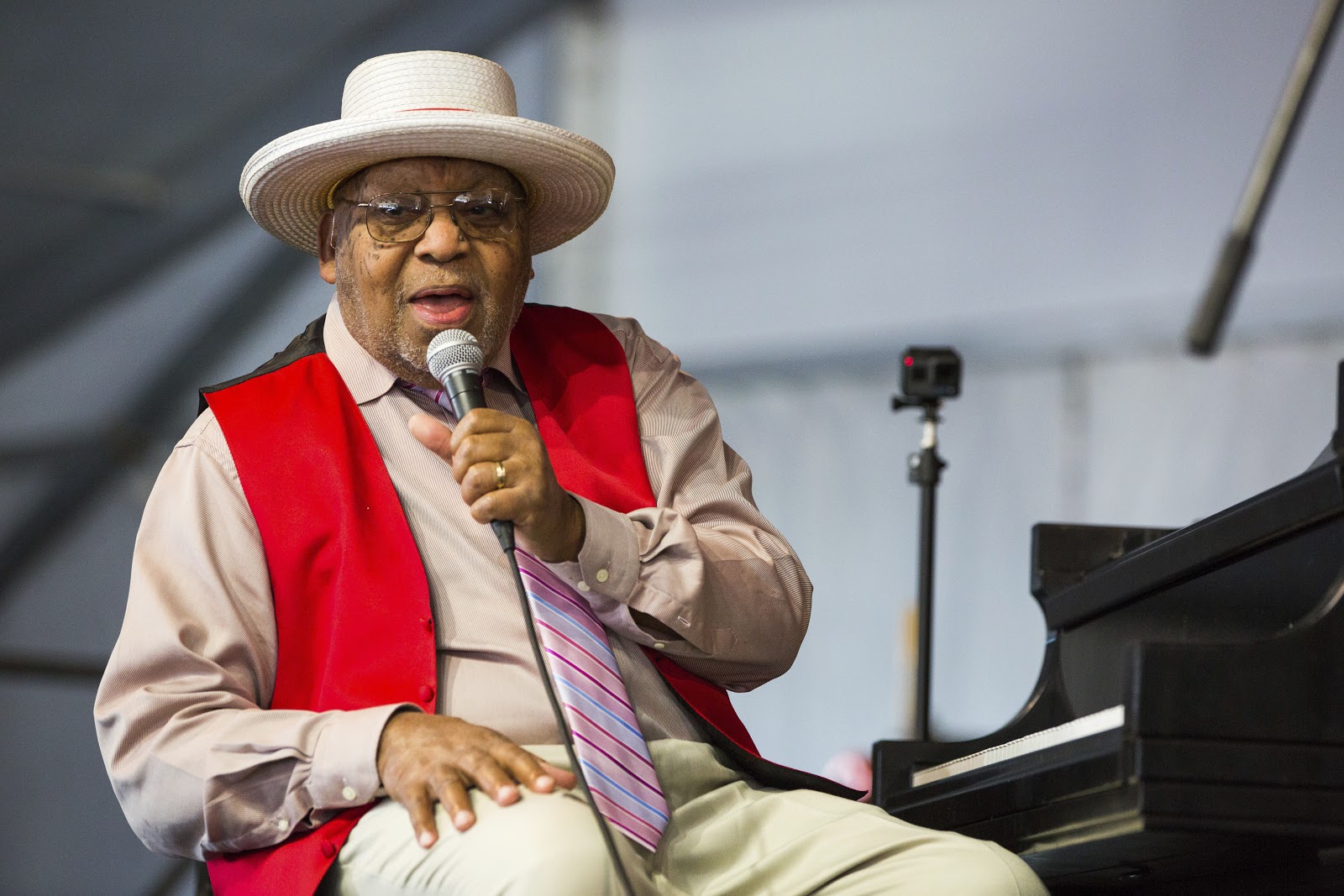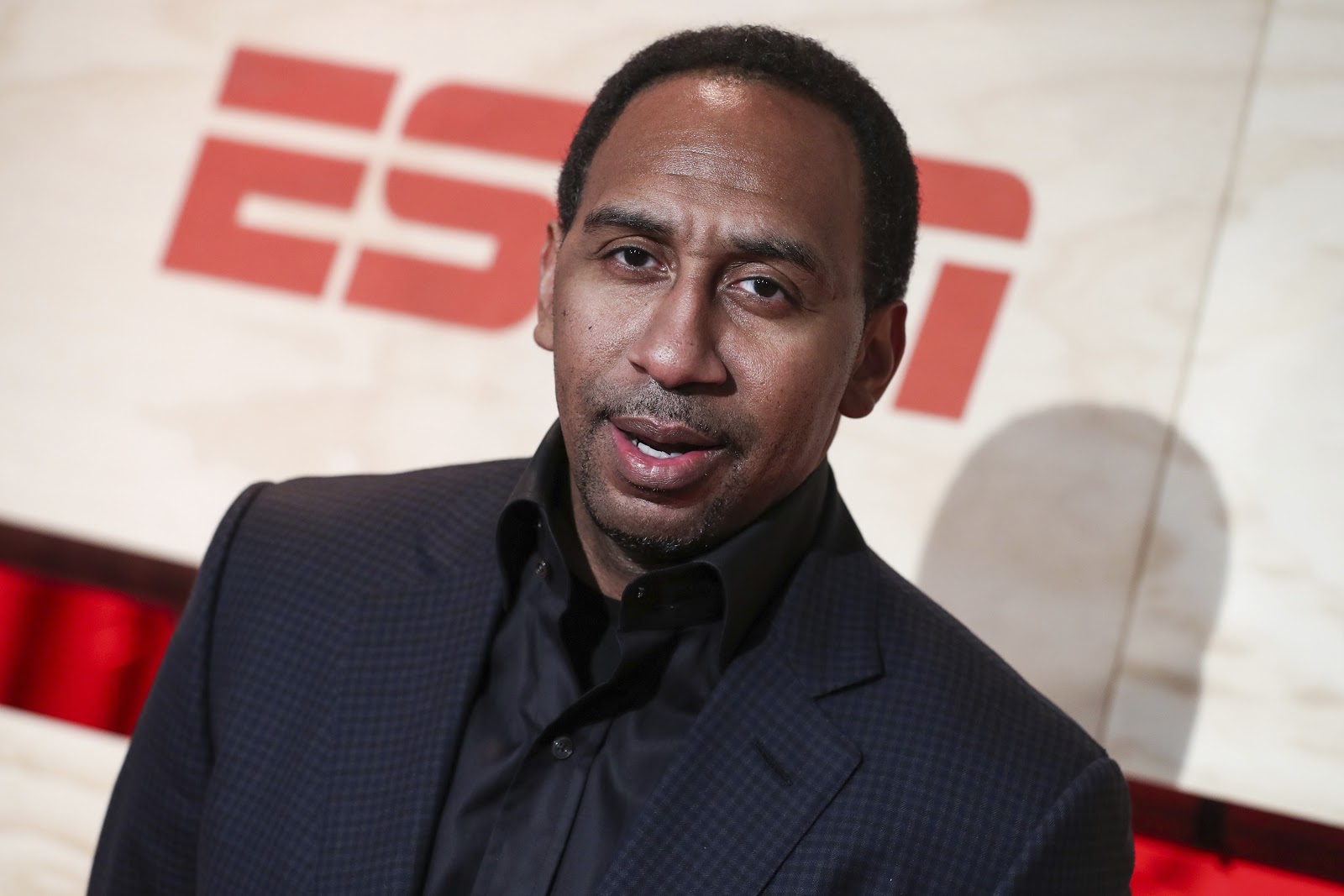The Poynter Report is our daily media newsletter. To have it delivered to your inbox Monday-Friday, click here.
Just a couple of months ago, he was unknown to the vast majority of Americans. Now he’s a household name.
Dr. Anthony Fauci, the nation’s leading expert on infectious diseases, has become one of the most trusted voices when it comes to the coronavirus. The 79-year-old is seemingly everywhere — from White House press briefings to the network morning shows to Sunday news programs to even interviews off the beaten path with the likes of NBA star Steph Curry and Barstool Sports.
He reportedly is working 20-hour days. His wife of 35 years, Christine Grady, told CNBC that she is trying to make sure he rests, eats well, drinks water and is smart about what interviews he agrees to.
Fauci has become something of a celebrity, even getting requests for autographs. But there is now a dark side that is stunning, baffling and just plain sad: Fauci is facing enough threats that the government is stepping up his security.
What in the world?
“The exact nature of the threats against him was not clear,” The Washington Post’s Isaac Stanley-Becker, Yasmeen Abutaleb and Devlin Barrett reported. “Greater exposure has led to more praise for the doctor but also more criticism. Fauci has become a public target for some right-wing commentators and bloggers, who exercise influence over parts of the president’s base. As they press for the president to ease restrictions to reinvigorate economic activity, some of these figures have assailed Fauci and questioned his expertise.”
New York Times reporter Maggie Haberman seemed to direct the blame at President Donald Trump and his supporters. She tweeted, “When a president frames everything as an up/down referendum on himself, people his supporters see as oppositional get attacked — even if it’s a medical professional who’s served several presidents and wants to take measures to save lives.”
The New York Times’ Katie Benner and Michael D. Shear wrote, “The idea that Dr. Fauci is responsible for the country’s hardship — and for whatever political damage Mr. Trump might suffer as a result — was fueled in part by a moment during a news briefing in which Dr. Fauci dropped his head and touched his forehead as the president was speaking. The image went viral online and right-wing supporters of Mr. Trump cited it as evidence that Dr. Fauci sought to undercut the president.”
Fauci addressed the threats on Thursday’s “CBS This Morning.”
“You know, it’s my job,” Fauci said. “This is the life I’ve chosen, and I’m doing it. I mean, obviously there’s a lot of pressure. I would be foolish to deny that. … It’s a job to do, and we’ve just got to do it.”
Appearing on NBC’s “Today” show, Fauci said, “I’ve chosen this life. I know what it is. There are things about it that sometimes are disturbing. But you just focus on the job you have to do. And just put all that other stuff aside.”
Fauci has become the go-to expert for news outlets because of his straightforward analysis based on facts and reality, rather than wishful thinking.
NPR’s David Folkenflik did a story on Fauci for “All Things Considered” that looked at Fauci’s media blitz and why he has become so popular.
“Dr. Anthony Fauci has become the lead voice on the response of the public health establishment to the pandemic,” Folkenflik said. “That’s to the great comfort of much of the nation seeking clarity and to the occasional discomfort of President Trump.”
Speaking of Fauci …
During his “Today” show appearance Thursday, Fauci admitted he is “puzzled” by COVID-19.
“It is very strange how one individual can get infected and have either mild or no symptoms and another individual could rapidly deteriorate with viral pneumonia and respiratory failure,” Fauci said. “I’ve been doing infectious diseases now for almost 50 years and I can tell you I don’t fully understand exactly what the mechanism of that is and we really need to figure it out.”
Calling out the irresponsible
Be sure to check out Jeremy W. Peters’ story in The New York Times about how many pro-Trump media — including the likes of Sean Hannity, Rush Limbaugh and Candace Owens — often downplayed and dismissed the impacts of the coronavirus.
Fox News’ “The Five” co-host Jesse Watters, at one point, boasted, “I’m not afraid of the coronavirus and no one else should be that afraid either.” (Watters has since backed away from that stance.)
Peters wrote, “A review of hundreds of hours of programming and social media traffic from Jan. 1 through mid-March — when the White House started urging people to stay home and limit their exposure to others — shows that doubt, cynicism and misinformation about the virus took root among many of Mr. Trump’s boosters in the right-wing media as the number of confirmed cases in the United States grew. It was during this lull — before the human and economic toll became undeniable — when the story of the coronavirus among the president’s most stalwart defenders evolved into the kind of us-versus-them clash that Mr. Trump has waged for much of his life.”
Most emotional interview

Stephanie Ruhle, left, interviews nurse Maureen Bigginger-Grisius on Thursday’s “MSNBC Live.” (Courtesy: MSNBC)
We watch press conferences and read stories and look at charts and graphs and see all the nasty political reactions on social media. But the coverage I find most compelling during this time is when news outlets take us to what we now, unfortunately, refer to as the front line in this war against the coronavirus. I’m talking about interviews like the one “MSNBC Live’s” Stephanie Ruhle did on Thursday with Maureen Bigginger-Grisius, a nurse at Beaumont Hospital in Farmington Hills, Michigan.
Some of Bigginger-Grisius’ comments were sobering, such as: “The last two weeks have felt like they’ve lasted two years.” And: “No one has seen anything like what we’re experiencing right now.”
But this was the most gut-wrenching of all:
“There’s a growing number of them who aren’t going to make it, and they are absolutely alone. The only people they have are the health care professionals — and even that, we’re geared up in full PPE, you have two eyes looking at you. It’s heartbreaking as a nurse to know that you are that person’s everything and sometimes, in their last moments, the weight of trying to fill the shoes of people that can’t be there is really heavy.”
Keeping it local
While the coronavirus is, of course, a national and global story, some of the most critical work is being done at the local level, letting audiences know what’s going on in their town, county and state. Especially of interest are all the impressive graphics news organizations are using to plot the most important numbers: number of cases, new cases, deaths, where it is spreading and so forth.
Today, I wanted to zone in on how the Los Angeles Times is tracking the coronavirus in California.
Their graphics are exactly the data that readers need. They’re easy to read, but they take a team effort to put together. The Times has a team of about 20 reporters, computer programmers and designers to not only provide information, but to put it in context. Five times a day, the journalists pore over the latest numbers to provide the most updated information.
In a Q&A on the Times website, one of the journalists on the team, Sean Greene said, “Our tracker has been responding to what readers want to know. We’ve gotten a lot of good feedback, and we try to add features and make this a page that responds to what people want to know. I like to think that we’re listening, and we want to hear what people have to say about it.”
Gaining an audience
The Atlantic is providing some of the very best information and stories when it comes to the coronavirus — and readers are responding to that.
CNN’s Oliver Darcy obtained a memo in which Atlantic editor-in-chief Jeffrey Goldberg told staff, “Your work has brought in more than 36,000 new subscribers over the past four weeks, even as we have lifted paywall restrictions on our coronavirus coverage. This subscription success has happened only because readers in crisis found guidance, information, and illumination in The Atlantic’s journalism.”
Goldberg also said The Atlantic’s website, in March, had 87 million unique visitors, more than double the previous one-month record, and more than 168 million pageviews.
Daniel Pearl murder convictions overturned

Khwaja Naveed, lawyer of Ahmed Omar Saeed Sheikh, speaking to reporters Thursday. Sheikh was found guilty of the kidnapping and murder of Wall Street Journal reporter Daniel Pearl in 2002. (AP Photo/Fareed Khan)
A Pakistani court overturned the death sentence and murder convictions of four men believed to have been involved in the murder of Wall Street Journal journalist Daniel Pearl in 2002. Pearl was kidnapped by militants while working on a story about shoe bomber Richard Reid.
Three of the four men arrested were given life sentences, but those convictions were overturned. A fourth, a British national named Ahmed Omar Saeed Sheikh, had his murder conviction downgraded to kidnapping, which carries a seven-year sentence. Because he already has served 18 years, he could be released, although The Washington Post reported that is unlikely for now. It’s unknown if the other three also will be released. The new ruling can be appealed, and that is expected.
In a statement, The Wall Street Journal said, “We continue to seek justice for the murder of Daniel Pearl. Danny was a cherished colleague and we will always honor his memory and service.”
Best rant of the day
ESPN’s Stephen A. Smith is known for his loud, no-holds-barred commentary, which helped give him the nickname “Screamin’ A.” He usually uses that voice to rip into some athlete or team on his show “First Take.”
But on Thursday, he used it to make a statement about the coronavirus. After thanking medical workers and first responders, Smith went off:
“Let me tell you who we’re not going to thank. We’re not going to thank a bunch of idiots out there in the world who are not engaging in social distancing. We’re not thanking them. We’re going to use this opportunity to remind them to think about somebody other than your damn selves. Understand that we’re all trying to come together to get through this crisis. Use your heads! Stop being so damn selfish and get the heck out of the street. Social distancing! That’s the important thing right now until we get this stuff under control. Stop being so damn selfish!”
‘Carnage in the streets!’
Stephen A. Smith wasn’t the only ESPN personality to go off about something coronavirus-related this week. NFL reporter Adam Schefter put the NFL on blast for going ahead with the draft, which is scheduled for April 23-25.
Appearing on ESPN’s “SportsCenter with Scott Van Pelt,” Schefter said, “The draft is happening only through the sheer force and determination and lack of foresight from the NFL, frankly. They are determined to put this on while there is carnage in the streets!”
ESPN is one of the networks that airs the draft, and Schefter typically is a big part of that coverage.
Hot type

Jazz pianist and teacher Ellis Marsalis, who has died from complications of the coronavirus. (AP Photo/Sophia Germer, File)
- Jazz pianist and teacher Ellis Marsalis, father of jazz stars Wynton and Branford Marsalis, has died from complications of the coronavirus. He was 85. The New York Times’ Giovanni Russonello and Michael Levenson have the obit.
- By the way, the Times now has a page dedicated to some of those the world has lost because of the coronavirus.
- Vice News’ Paul Blest with the leaked Amazon memo detailing the plan to smear a fired warehouse organizer.
- Newsday’s Neil Best with “The changing face — and pace — of Sports Illustrated.”
- My Poynter colleague, Kristen Hare with the story of the Austin American-Statesman photojournalist whose Facebook Live video from a hospital bed warns people to take the coronavirus seriously.
Have feedback or a tip? Email Poynter senior media writer Tom Jones at tjones@poynter.org.
More resources for journalists
- On Poynt Live training: April 9 at 2 p.m. — Leadership and Communication in the Coronavirus Era — Poynter
- Covering COVID-19 with Al Tompkins — Poynter
- How to manage your local news business in the face of a pandemic: April 3 at 1 p.m. — LION Publishers
- Explaining Coronavirus Testing for Your Audience: April 3 at noon — Association of Health Care Journalists
Want to get this briefing in your inbox? Sign up here.








